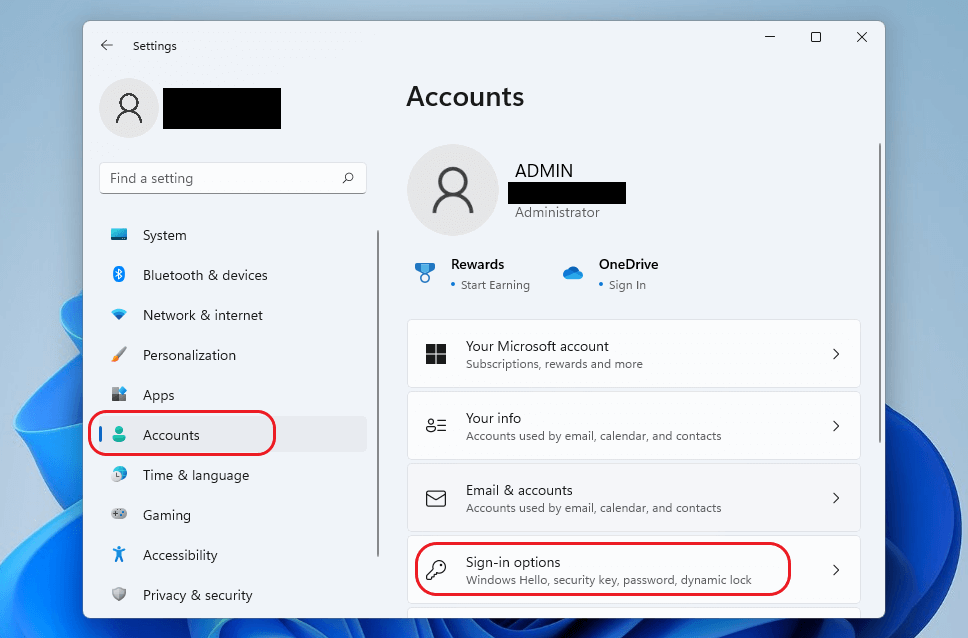Implementing automatic login in Windows 11 streamlines startup but introduces security vulnerabilities if not secured properly. This method reveals a safe approach that balances convenience with robust protection against unauthorized access.
Core Security Principles
The safest method integrates multiple layers: a strong primary password, secondary authentication, and system-wide encryption to mitigate risks like physical access exploits or credential theft.
Step-by-Step Safe Setup
Follow these precise actions to enable auto-login securely:

- Use netplwiz for Configuration: Run 'netplwiz' via the Run dialog, uncheck the password requirement, and enter a strong password (minimum 12 characters, mixed cases, symbols, and numbers) for the designated account.
- Activate Windows Hello Secondary Authentication: Navigate to Settings > Accounts > Sign-in options, and set up a PIN or biometric verification like fingerprint or facial recognition. This adds an extra layer post-login for critical actions.
- Enable Device Encryption: Utilize BitLocker with TPM integration by going to Settings > Privacy & Security > Device Encryption. Ensure all drives are encrypted to protect data at rest from physical breaches.
Best Practices for Enhanced Safety
- Regularly update Windows 11 and security features to patch vulnerabilities.
- Combine auto-login with account lockout policies in Local Group Policy Editor to deter brute-force attempts.
- Always lock your device manually during idle periods using Win + L to maintain vigilance against opportunistic access.












